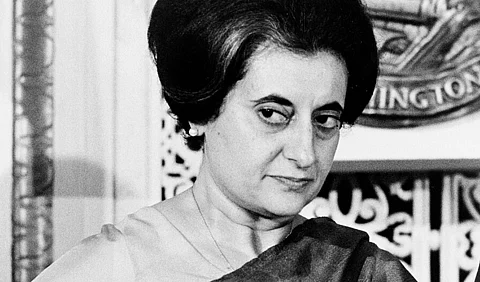AIIMS was transforming into the epicenter of political transition. The 7th floor was cleared to accommodate the influx of ministers and dignitaries. Among them was Health Minister Shankaran Nand, who immediately began political consultations. “They were already discussing who the next Prime Minister would be,” said Dr. Sneh Bhargava. “We gave them a room so they could make their decisions in private.”
By then, a consensus had formed. Rajiv Gandhi, who was on an election tour, would be the next Prime Minister. No official announcement was made for four hours, until he returned to Delhi. “We kept the surgeons stationed inside the operation theatre, just to maintain the appearance of ongoing treatment. We were told no announcement should be made until Rajiv returns.”
In an interview with BBC Hindi, Dr. Bhargava revisited these hours as the most surreal of her medical career. While discussing her forthcoming book The Woman Who Ran AIIMS, she reflected on how the hospital had to continue the pretence of saving Indira Gandhi despite knowing she had been brought in dead. It was, in her words, a tragic yet defining moment that tested the limits of personal resolve and institutional protocol.
When Rajiv arrived, he greeted Sonia and briefly saw the children, Rahul and Priyanka, still very young then. The children were quickly sent to Teji Bachchan’s home for safety.
Dr. Bhargava also recalled the silent arrival of President Giani Zail Singh, himself a Sikh, visibly shaken. “He was deeply disturbed. Mrs. Gandhi had made him President, and now he was facing the reality that two Sikh bodyguards had assassinated her.”
In the emotionally charged atmosphere, the safety of Sikh staff at AIIMS became a major concern.
“One technician ran away from the operation theatre in fear. I gathered my Sikh faculty members and told them—if you don’t feel safe, come stay at my house. Meanwhile, I called the IG Police and had a police contingent stationed on campus. We needed to secure the institute.”
Despite the chaos, Dr. Bhargava’s priority remained twofold: preserving the dignity of the Prime Minister’s body and ensuring every shred of medical and forensic evidence was properly documented for the inevitable inquiry.
“There was tremendous pressure,” she said. “But we couldn’t afford to miss any detail. The world was watching.”


